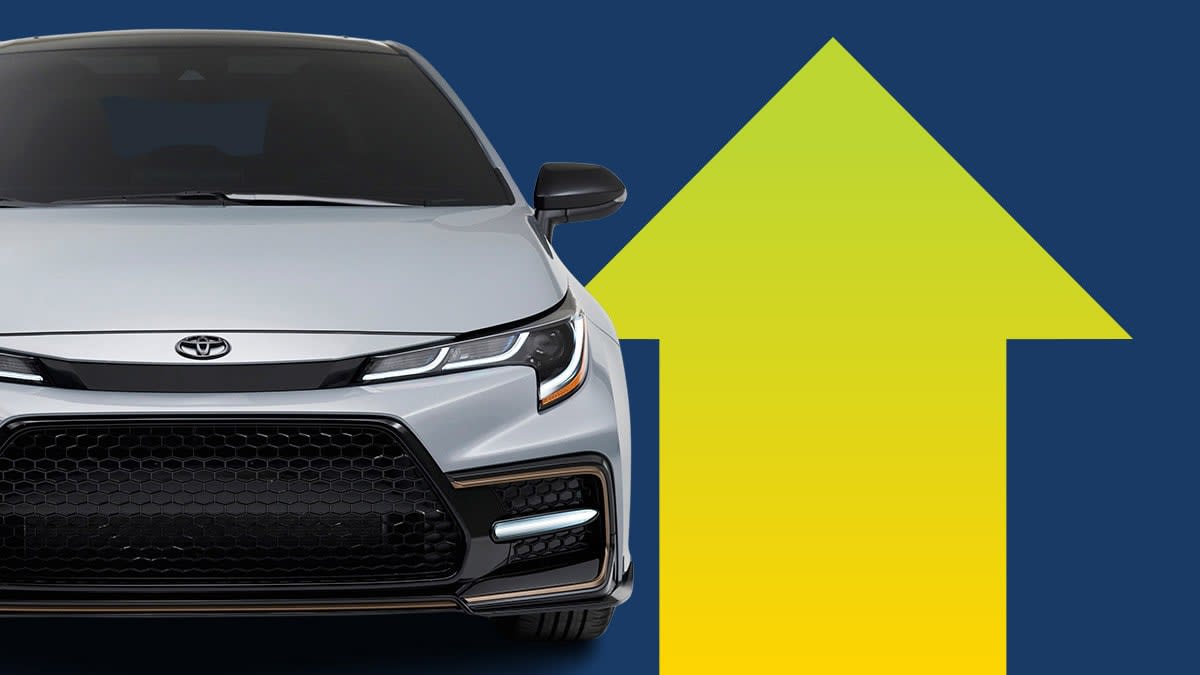The cars in this analysis are often from another generation, meaning they might not look like the current models or share many common components. Plus, automaker portfolios can change significantly over time, especially this past decade, when many companies replaced sedans and hatchbacks with SUVs and trucks. (This trend is best exemplified by Ford, which currently offers a single car, the Mustang.) Different mixes of models yield different results.
The time period used for this analysis explains why some brands, like Tesla, have very different placements in new vs. used brand rankings. Mini placed midpack in 12th position when looking at 5- to 10-year-old models, but in our new-car brand reliability rankings for 2024, Mini ranked third because its models hadn’t received a recent redesign, and problems with the older models were sorted out over time.
Similarly, Tesla earned a midpack position, in 14th place among 30 brands for new cars, while in the brand average ranking for used car reliability, it placed 24th. A decade ago, Tesla was focused on building the Model S, an all-new car packed with new and unproven technology. Today, the bulk of sales are its lower-priced Model 3 and Model Y electric vehicles. And those popular EVs have been built on the experience gained from early models and with ongoing manufacturing and engineering improvements.
“This difference shows in our data, where multiple owners of 2014-2015 Model S reported requiring replacement of the electric drive motor, battery pack, or infotainment hardware,” Elek says. “It is also possible that these components fail over time, meaning new Teslas have years to go before we know if similar issues occur. We will continue to monitor the data for possible trends.”
But some brands rank consistently for both new and used cars. Lexus and Toyota take the top two positions among new cars, and Chrysler claims the bottom position—mirroring their used-car rankings.
Mercedes-Benz has the 29th position on the new-car list, with all its models predicted to have below or well-below-average reliability. A big affect is the flurry of redesigned models, all-new electric vehicles, and the MBUX infotainment system. But Mercedes takes the 10th position with used cars, making it the highest-ranked European luxury brand. For example, the 2017 and 2019 Mercedes-Benz E-Class have above-average reliability, with CR members reporting few problems. (Buick ranks highest among all luxury brands, in 6th position.)
To calculate reliability, we compare how many problems a model has to the average number of problems for that model year. For newer cars, the reliability differences tend to be narrow because the average problem rate for a newer model year like 2024 is so low. But over time, problems can develop, creating a much more significant variation among vehicles from the same model year.
“Taking this longer view, looking at reliability over five to 10 years, gives a clear picture of what used-car buyers can expect,” Elek says.
Source link
